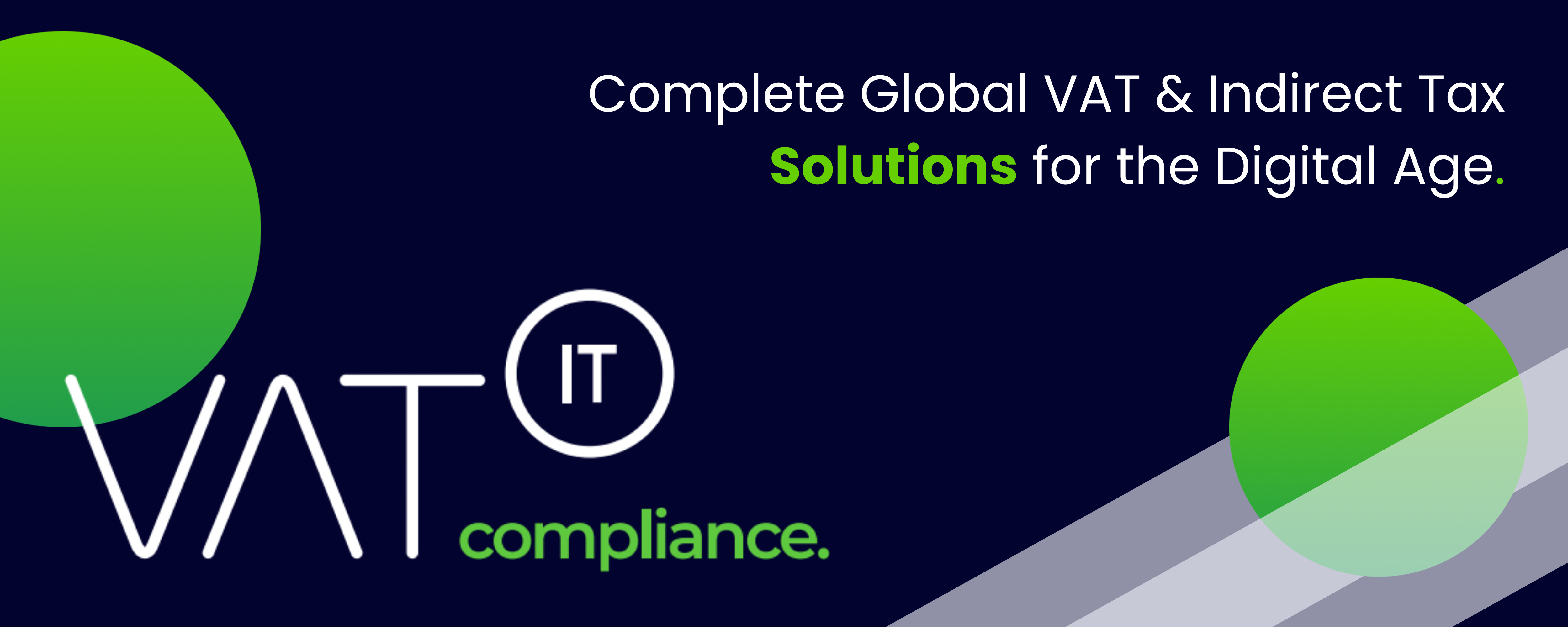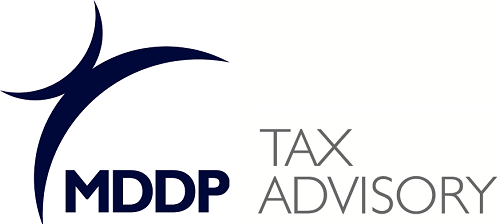- The new functionality in the KSeF system allows for hiding invoices, which can be helpful in cases of uncertainty regarding tax settlements.
- This functionality allows for separating uncertain invoices from the rest, making the decision-making process regarding VAT or CIT settlements easier.
- The key implication is that businesses have the right, but not the obligation, to include received purchase invoices in VAT settlements and to include expenses as deductible costs.
- Hiding invoices is currently only available through the API and not in the Taxpayer Application.
- It is possible to hide individual invoices by marking them as “hidden” and noting the time of hiding.
- The reason for hiding an invoice must be provided, but there doesn’t seem to be a way to later inquire about this reason.
- There is a concerning statement in the new version of the Interface Specification 1.5, which states that a hidden invoice cannot be downloaded simultaneously with a non-hidden invoice in one request.
- In summary, the new functionality seems to be an important tool for supporting businesses in the decision-making process regarding tax settlements, but it is important to be aware of its limitations and technical specifics.
Source: crido.pl
Note that this post was (partially) written with the help of AI. It is always useful to review the original source material, and where needed to obtain (local) advice from a specialist.
Latest Posts in "Poland"
- Ministry of Finance Updates JPK_V7 Regulation: Key Changes to SAF-T and KSeF Requirements
- KSeF 2.0: Tax Law vs. Ministry Guidelines—Are Structured Invoices Only Virtual?
- Poland Opens KSeF 2.0 API Testing Environment Ahead of Mandatory E-Invoicing Rollout
- SaaS Providers Can Be VAT Taxpayers Like E-Commerce Platforms, Court Rules
- VAT Can Be Deducted on Corporate Social Responsibility (CSR) Expenses, Court Rules















